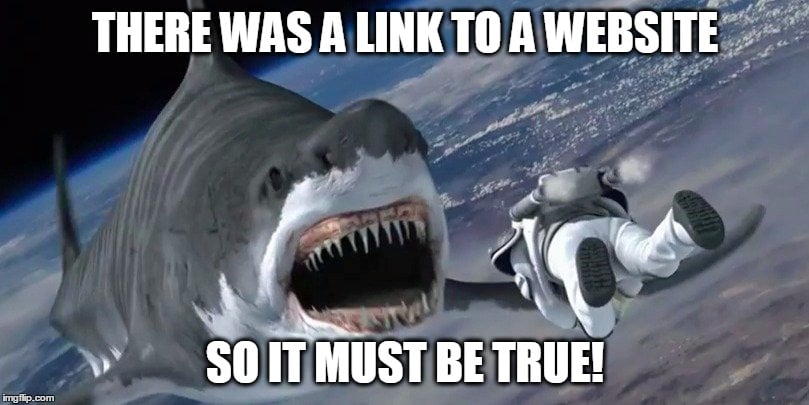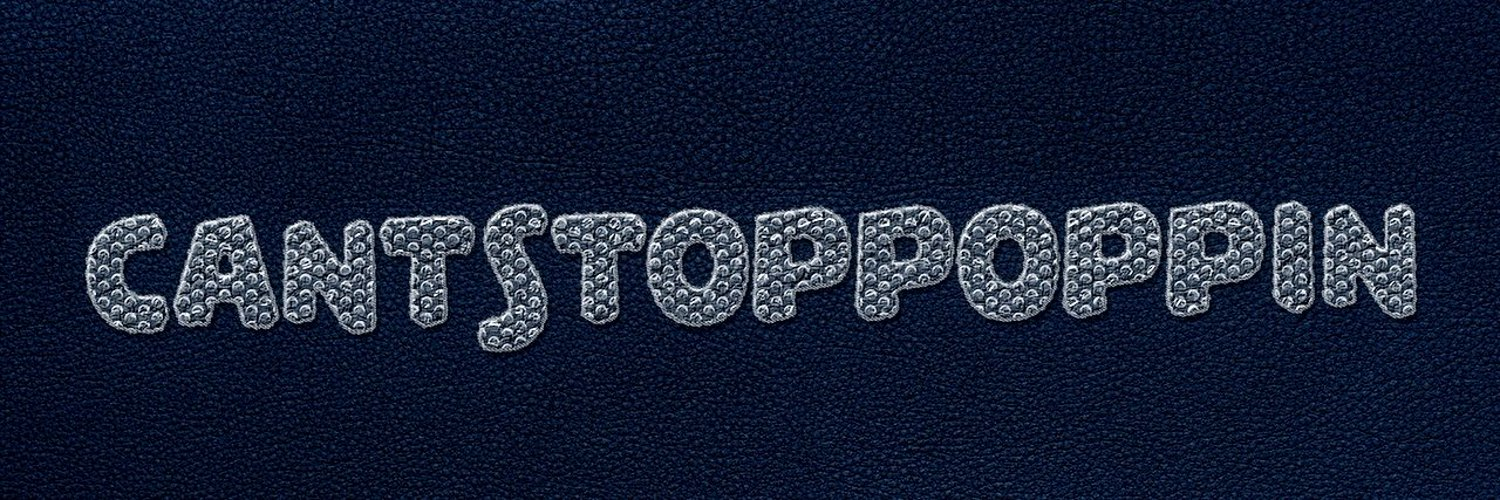How to Spot Misinformation and propaganda
Introduction
In today’s world, it can be hard to know what’s true and what’s not. With so much information available online, it’s easy to get lost in a sea of facts, opinions, and outright lies.
That’s where misinformation comes in. Misinformation is false or misleading information that is spread intentionally or unintentionally. It can be spread through social media, email, or even word-of-mouth.
How to Spot Misinformation
There are a few things you can do to spot misinformation:
- Be critical of the information you see and hear. Don’t just accept everything that you read or hear as fact.
- Check the sources of information. Where did the information come from? Is it a reliable source?
- Look for evidence to support the claims that are being made. Can you find other sources that corroborate the information?
- Be aware of your own biases. Everyone has biases, but it’s important to be aware of them so that they don’t influence your judgment.
Here are some additional tips for spotting misinformation:
- Look for clickbait headlines. Clickbait headlines are designed to grab your attention, but they’re often misleading.
- Beware of conspiracy theories. Conspiracy theories are often based on misinformation, and they can be very harmful.
- Don’t share memes or videos that you’re not sure about. Memes and videos can be a great way to share information, but they can also be used to spread misinformation.
- Use fact-checking websites to verify information. There are a number of fact-checking websites that can help you to verify information.
Conclusion
Spotting misinformation can be tricky, but it’s important to be able to do it. By following these tips, you can help to ensure that you’re getting accurate information.
Here are some funny things to keep in mind when spotting misinformation:
- If it sounds too good to be true, it probably is.
- If it makes you angry, it’s probably trying to manipulate you.
- If it’s on the internet, it must be true. (Just kidding!)
So, there you have it. A few tips on how to spot misinformation. Be aware, be critical, and be skeptical. And most importantly, share your methods of identifying bad actors, misinformation, and propaganda. We can all do our part to fight the spread of misinformation.
Here are some resources that can help you learn more about misinformation:
https://adfontesmedia.com/interactive-media-bias-chart/
Is a media bias chart that rates news sources on a scale of 0 to 64, with 0 being the least biased and 64 being the most biased. The chart also takes into account the reliability of each source, with 0 being the least reliable and 64 being the most reliable.
I believe that this website is a powerful tool that we can use to fight disinformation and ensure that our community is getting accurate information. It is also complementary to the Bias Compass, which is a tool that helps people to identify their own biases.
Here are some of the ways that we can use the website:
Evaluate the credibility of news sources before we share them with our community. This will help us to avoid sharing misinformation.
Understand the different types of bias that exist in the media. This will help us to be more critical of the information that we share.
Find more reliable and unbiased sources of information to share with our community. This will help us to make sure that our community is getting accurate information.
Use the Bias Compass to identify our own biases and be more aware of how they might be influencing our interpretation of information.
- FactCheck.org: https://www.factcheck.org/
- Snopes.com: https://www.snopes.com/
- PolitiFact.com: https://www.politifact.com/
- The Washington Post Fact Checker: https://www.washingtonpost.com/news/fact-checker/
Thank you for reading!




“Who gains from people believing this?” is often quite the eye openner.
All the way back in the beginning of the talk about Global Warming if you did that analysis on information on the subject you would get the answer “a handful of scientists who actually risk being unpopular so not really gaining” for the “there is global warming” messages versus “companies worth trillions of dollars who want to protect hundreds of billions of dollars a year in profits” for the “there is no global warming” ones.
Nowadays we all know how that went.
Such answers to quo vadis are not a hard rule for a real/fake decision, rather they’re a signal for “needs more validation” since if there is one side which clearly stands to gain much with a certain message being widelly believed (or loose much if the opposite message is believed) and has the means to significantly influence the information landscape (normally that’s lots of money), the probability that the message is manipulated in a direction that favours them increases a lot.
(Here’s another example: if people who own lots of a specific financial asset - say Bitcoin or Realestate - tell you great things about it or want you to behave in ways that will push up the value of that asset, you should probably be suspicious of that message).
Note that this alone doesn’t address the “somebody whose honesty is entirelly beyond reproach is a gullible fool and believes and repeats as if absolutelly true complete total bollocks” problem (which is how the worst misinformation spreads in places like Facebook - via genuinelly well-intentioned gullible friends and family). Ultimatelly the stuff that comes in via others needs to be traced back to the source “i.e. were have you heard this from?” or be treated as not trustworthy until proven otherwise even though it came via an honest person.